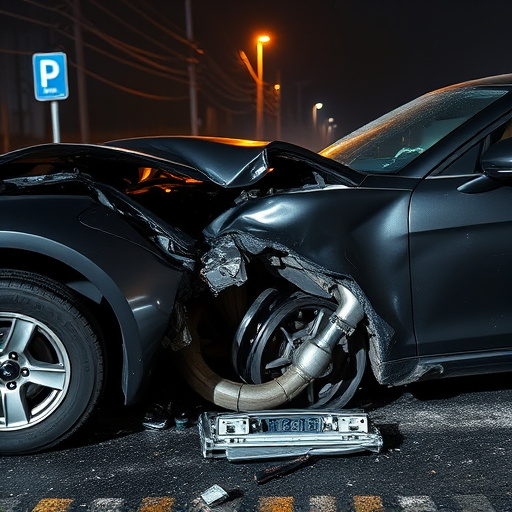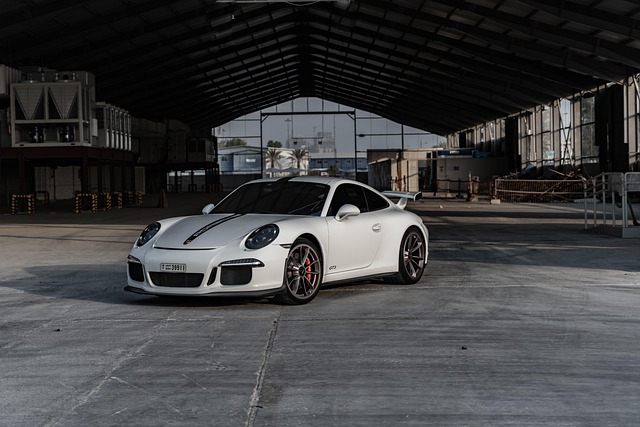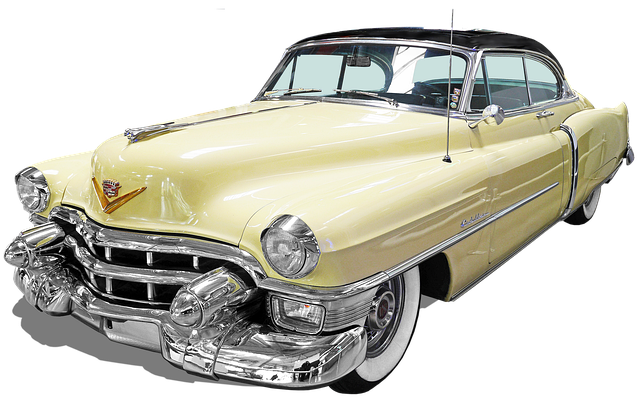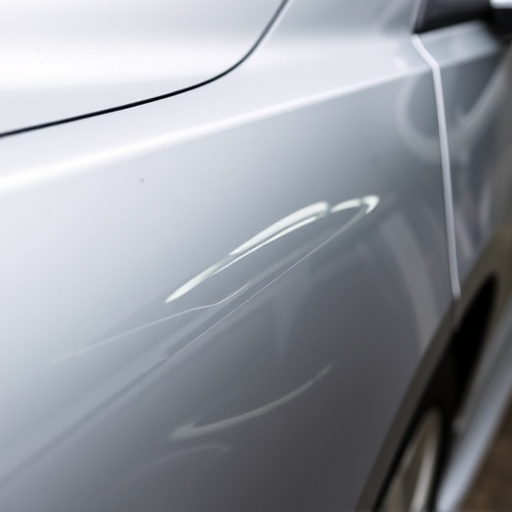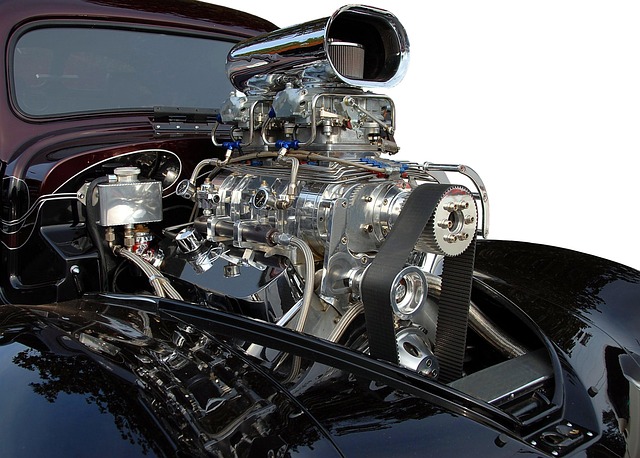The future of automotive paint types is being reshaped by emerging technologies focused on sustainability, performance, and innovation. Water-based paints and bio-resin coatings reduce environmental impact, while nanotechnology offers durable, corrosion-resistant formulations. Robotic systems and AI enhance precision in collision repair shops. The rise of electric vehicles (EVs) drives the need for advanced paint formulas, personalized aesthetics, and smart coatings that adapt to environmental factors. Nano-particles improve durability, color vibrancy, and resistance to damage, while eco-friendly options like water-based paints cater to environmentally conscious consumers.
The automotive industry is undergoing a transformation, driven by technological advancements and a growing emphasis on sustainability. This article explores the trends shaping the future of automotive paint types, from the rise of electric vehicles and smart paints to the increasing demand for eco-friendly options. Discover how emerging technologies, personalization, and design freedom are redefining the landscape of automotive paint, offering both innovative solutions and enhanced aesthetic possibilities. Dive into these trends to understand where the industry is headed next.
- Emerging Technologies and Their Impact on Automotive Paint Types
- – 1.1. The rise of electric vehicles and their unique paint considerations
- – 1.2. Advancements in paint technology: Nano-particles, smart paints, and eco-friendly options
Emerging Technologies and Their Impact on Automotive Paint Types

The future of automotive paint types is being significantly influenced by emerging technologies. One notable trend is the shift towards more eco-friendly and sustainable coatings, driven by both consumer demand and regulatory pressures. This has led to the development of water-based paints and those containing bio-based resins, which offer reduced environmental impact without compromising quality. Additionally, advancements in nanotechnology have resulted in innovative paint formulations that enhance durability, corrosion resistance, and even self-cleaning properties.
These technological breakthroughs are transforming not just how automotive paints are created but also their applications. For instance, advanced robotic systems and precise spraying techniques are ensuring consistent and high-quality finishes, even on complex vehicle designs. Furthermore, the integration of digital technologies like artificial intelligence is optimizing paint selection and repair processes in collision repair shops, facilitating faster and more accurate car damage repair and enhancing overall customer satisfaction.
– 1.1. The rise of electric vehicles and their unique paint considerations

The rise of electric vehicles (EVs) is transforming the automotive industry, and this trend has unique implications for automotive paint types. As EV manufacturers prioritize lightweight materials and efficient designs, the traditional steel and petrol-powered vehicles are being replaced by advanced composites and batteries. This shift presents new challenges and opportunities for auto painters. EVs often require specialized paints that offer superior durability, corrosion resistance, and heat management to cope with the high-tech nature of these vehicles.
Additionally, the growing interest in personalized vehicle aesthetics means EV owners want more than just functional paint. Custom colors, finishes, and even smart coatings that change appearance based on environmental factors are gaining popularity. This trend demands innovative automotive paint types that can enhance the overall driving experience while still catering to the specific needs of electric vehicles, such as efficient cooling and reduced weight. Thus, the future of automotive paint types is closely tied to the EV revolution, pushing for advancements in both functionality and design.
– 1.2. Advancements in paint technology: Nano-particles, smart paints, and eco-friendly options

The future of automotive paint types is being reshaped by significant advancements in technology. One notable trend involves the incorporation of nano-particles into paint formulations. These incredibly small particles offer enhanced durability, improved color vibrancy, and better resistance to fading, chipping, and scratches. This results in a longer-lasting, more visually appealing finish for vehicles.
Additionally, smart paints are emerging as a game-changer in the automotive industry. These innovative paints can change color or even repair themselves under certain conditions. Integrating advanced polymers and sensors, they offer not only aesthetic benefits but also improved protection against minor dents and scratches, typically handled by services like car dent repair. Furthermore, there’s a growing demand for eco-friendly paint options as consumers become more conscious of environmental impact. Manufacturers are responding with water-based paints that reduce harmful emissions and contain fewer toxic chemicals, aligning with the needs of modern auto collision centers and even tire services while catering to environmentally conscious consumers.
The future of automotive paint types is shaped by emerging technologies that offer both innovative solutions and sustainable alternatives. The rise of electric vehicles necessitates new approaches, with special considerations for lightweight materials and efficient production methods. Advancements like nano-particles, smart paints, and eco-friendly formulations promise improved durability, enhanced aesthetics, and reduced environmental impact. As the automotive industry continues to evolve, these trends will play a pivotal role in defining the next generation of automotive paint types, ensuring both performance and sustainability.

